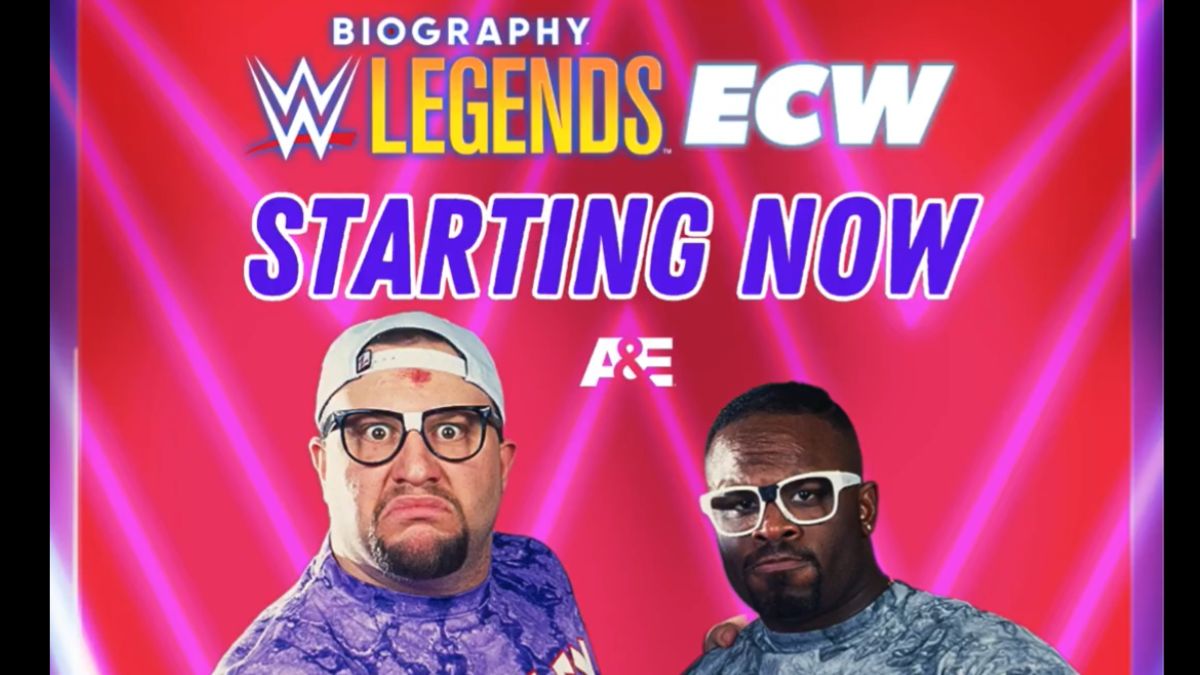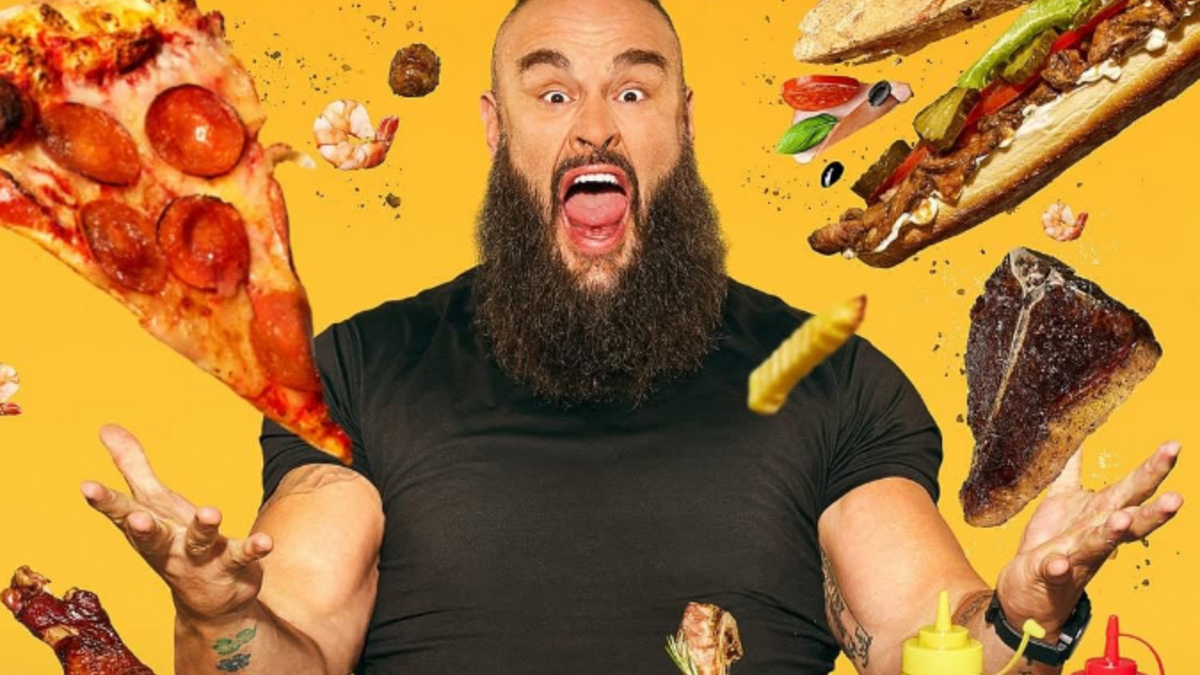ECW A&E Biography same old, same old
I really don’t get why A&E Biography had to go back to the well with an episode on the rise and fall of ECW, especially when there was an actual DVD release called The Rise and Fall of ECW.
Was there anything new on Sunday night’s episode on A&E? Not especially.
Unless, that is, you count the tie-in to WWE WrestleMania 40 in Philadelphia and how it only peripherally fits in, and the Paul Heyman WWE Hall of Fame induction when he dons the old trench coat and ECW hat and swears.
Most of this review I could have written before its airing on June 16; the only thing I wouldn’t have known are the talking heads who were expected, both recent and in vintage clips. Some, as you will know, had a ton to do with ECW throughout its run, but others were there for the proverbial cup of coffee:
- Paul Heyman / Paul E. Dangerously
- Mick Foley
- Steve Austin
- Bubba Ray Dudley
- Spike Dudley
- Joey Styles
- The Sandman
- Tod Gordon
- Tommy Dreamer
- Terry Funk (in a vintage clip)
- Shane Douglas
- Lita
- Rob Van Dam
- Rey Mysterio
- Lance Storm
And then there were those who had absolutely nothing to do with ECW but that the WWE people felt that would help move the narrative along:
- Sam Roberts — I can’t be the only one tired of him on these, right? Yeah, he serves a purpose filling in the blanks, moving the narrative along, but why not another writer/historian, like Mike Johnson of PWInsider who was actually there?
- Kevin Owens
- Becky Lynch
- The Undertaker
- Shawn Michaels
- Dave LaGreca
- Peter Rosenberg — Only slightly less annoying than Sam Roberts.
- Corey Graves
- Jim Cornette — His rant about ECW was a brief counterpoint and then never explored
If you know the story, there was nothing new for you; if you didn’t, I’m not sure it was even enough to convince you to hunt down the old videos or even the couple of books that have been written about ECW.
The essence of it seemed to be that, as Paul Heyman said, the promotion was a “guilty pleasure” to survived on “balls, bullshit and bravado,” that brought a “culture shift” to TV. Not going to disagree with any of that.
But if everything is only discussed on a huge broad stroke and nothing is truly detailed, it’s only a superficial look — and I’m not even sure I’d call it that.
Throwing so many talking heads, especially those that didn’t matter, watered down what mattered, and made me wonder why they couldn’t get Jerry Lynn, Sabu or Rhino on camera, just to name a few. Or, like Who Killed WCW? has recently done, gotten executives on camera.
The takeaway for the viewer was that ECW was influential to what WWE is today, but that’s like saying that the discovery of Viagra was a big deal to modern medicine. Yes, it was, but holy cow there a whole hell of a lot of other things going on that mattered too.
I’d argue that ECW bringing in the luchadors and the true grapplers like Dean Malenko and Eddie Guerrero (and he who shall not be named, C.B.) meant more in the long run than the actual violence.
I don’t usually truly advocate for this, but here, skip this A&E Biography on ECW and hunt down some of the DVDs and books that already exist. You’ll learn a lot more.
RELATED LINKS
- Slam Wrestling’s WWE on A&E archive




